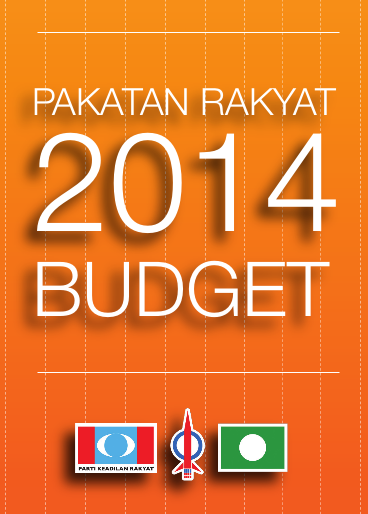Index and non-index crimes
My statement yesterday has exposed the fact that in the battle to reduce crime index in Malaysia, the Royal Malaysian Police (PDRM) has successfully reduced it from 209,572 in 2007 to 157,891 in 2011, or 24.7% over the period. However, this was achieved at the expense of the unpublished “non-index crime”, which increased from 42,752 to 72,106 or a massive 68.7% over the same period.
Most suspiciously, “non-index crime” is increasing annually as a proportion of total crime since 2007 based on PDRM data. It has increased from 16.9% of total crime in 2007 to 21.9% (2008) to 22.8% (2009) to 29.8% (2010) to a record of 31.4% in 2011.
The clear-cut disjoint between the significant drop in “index crime” versus the drastic increase in “non-index crime” points strongly towards data manipulation, and validates the accusation by the anonymous letter writer that the PDRM is systematically re-classifying “index crime” to “non-index crime” cases.
However, what is also puzzling is why there is a need for a “non-index crime” classification in the first place. Prior to the expose by the letter writer, hardly anyone knew about the existence of “non-index crime”.
PDRM has explained that in robbery cases, Section 392 (Robbery) and Section 397 (Gang Robbery), under the Penal Code are classified as index crime. However, certain cases will be re-classified as non-index under Section 382 (Theft with Preparation to Cause Hurt or Death) of the Penal Code. Since, Section 382 of the Penal Code is a non-index crime, therefore will not be reflected in the crime statistics.
According to PDRM “for Section 382, there must be an element of concealment e.g. weapon in the pocket, hidden accomplices, whereas for Section 392 or 397, the intention to cause fear is expressed and not concealed e.g. tying up the victim, threatening the victim with a weapon.”
Similarly, in burglary cases under Section 457 (House Break-In to Commit an Offence Punishable with Imprisonment - e.g. Theft), some were reclassified to Section 452 and 453 (House Break-In with Preparation made for Causing Hurt).
According to PDRM, “if a house break-in occurred but no goods or belongings were evidently removed by the burglar, e.g. if perpetrator escaped before he or she managed to take any goods, or if the investigation officer does not have enough evidence to prove both house break-in and theft (i.e. specific goods explicitly taken out of possession of the owner) but has enough evidence to prove house break-in - in this scenario, the investigation officer will necessarily charge the offender with a lesser offence such as Section 452 and 453.”
Malaysians are completely puzzled as to why if a robbery occurs but the weapons are “concealed”, then the relevant Section 382 that applies is not regarded as an index crime. The situation is even more ludicrous given that both “Unarmed Robbery” and “Armed Robbery” are index crimes, but “Robbery with concealed weapons” or “Theft with Preparation to Cause Hurt or Death” is classified as a non-index crime.
Similarly, just because a burglar who was successful in breaking into a house but escaped with nothing “explicitly” tangible would be counted towards the crime index.
The whole classification of index and non-index crime by the PDRM makes a complete mockery of the crime statistics published by PDRM, PEMANDU and the Home Ministry. The actions by the PDRM to create “index crime” versus “non-index crime” classifications, on top of the highly suspicious pattern of rapidly increasing non-index crime which points clearly towards data manipulation. It destroys all claims of crime-fighting success under Najib’s administration.
We call upon PDRM to end the bizarre index and non-index crime classification and republish all historical crime data to present the real picture of crime in Malaysia. In fact we call upon the Government to stop all misleading references to “index crime” achievements and provide only data relating to total crime in the country, index or otherwise.
While the Home Ministry and PEMANDU has been quick to blame “perception” for Malaysian’s fear of crime, they have failed to check on their own statistics which have been manipulated extensively to present only a picture of overwhelming crime-fighting success, such as the alleged 39.7% fall in street crimes between 2009 and 2011.
